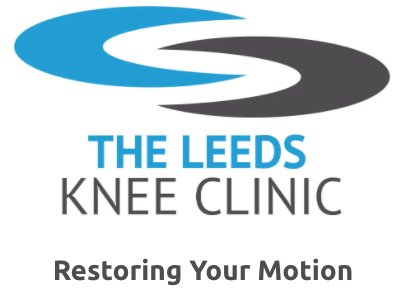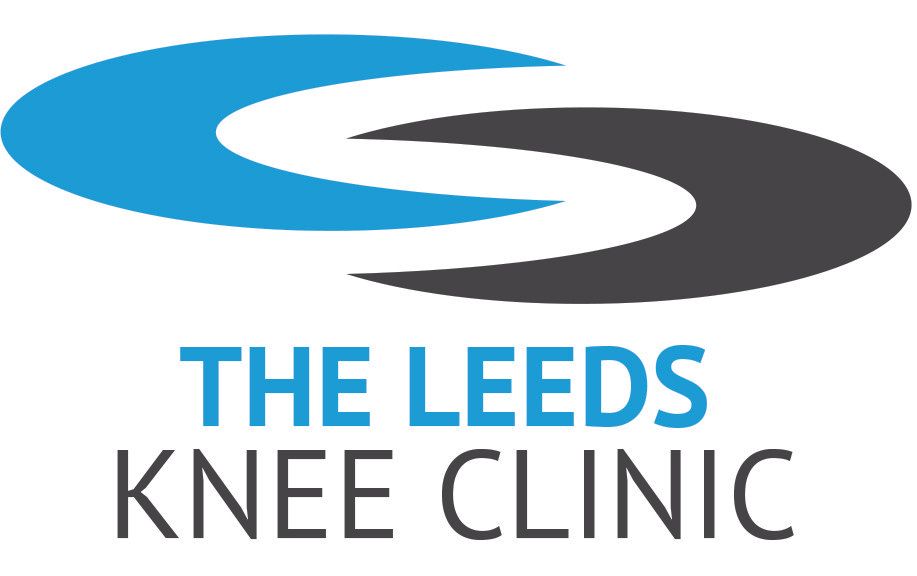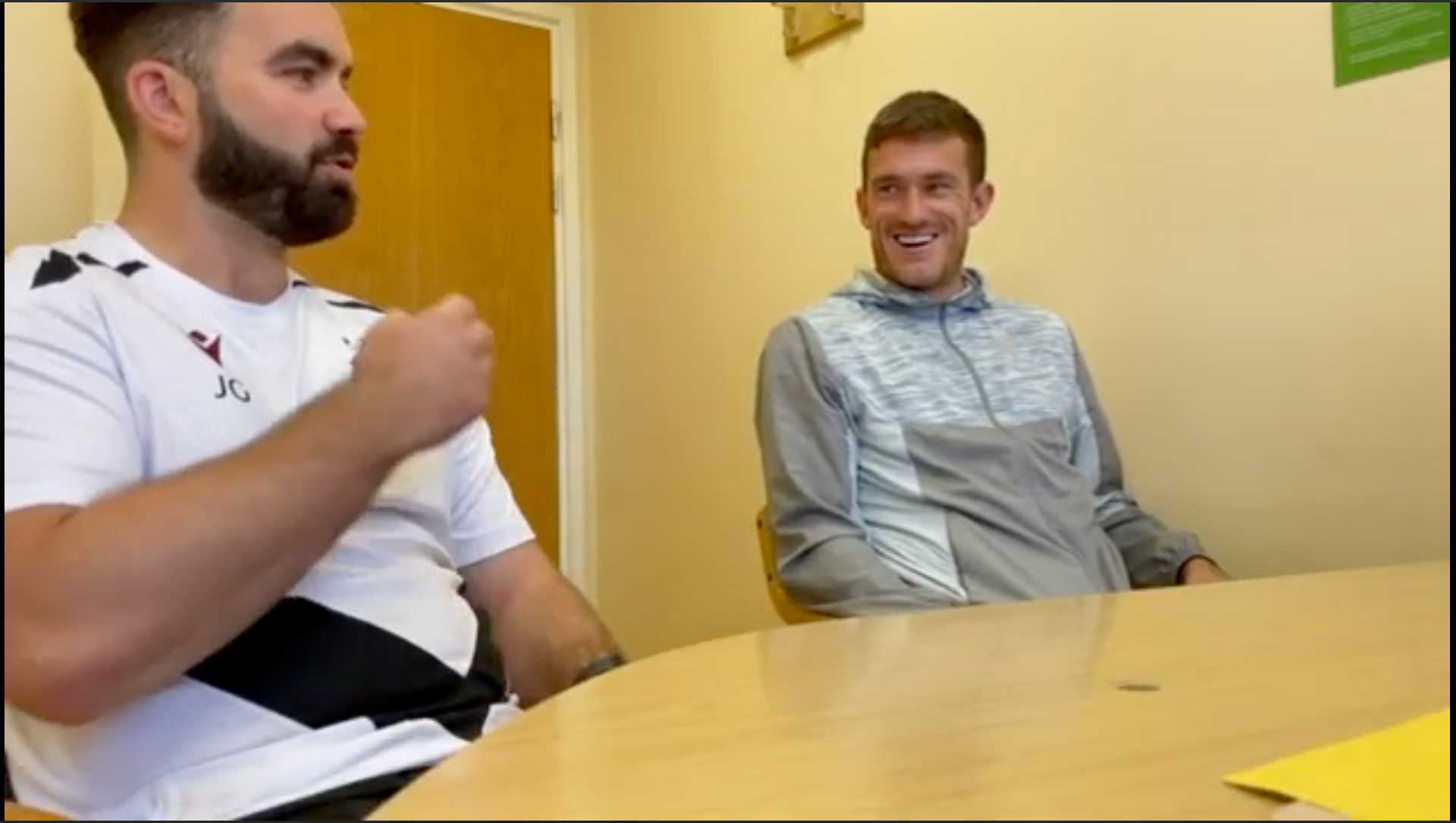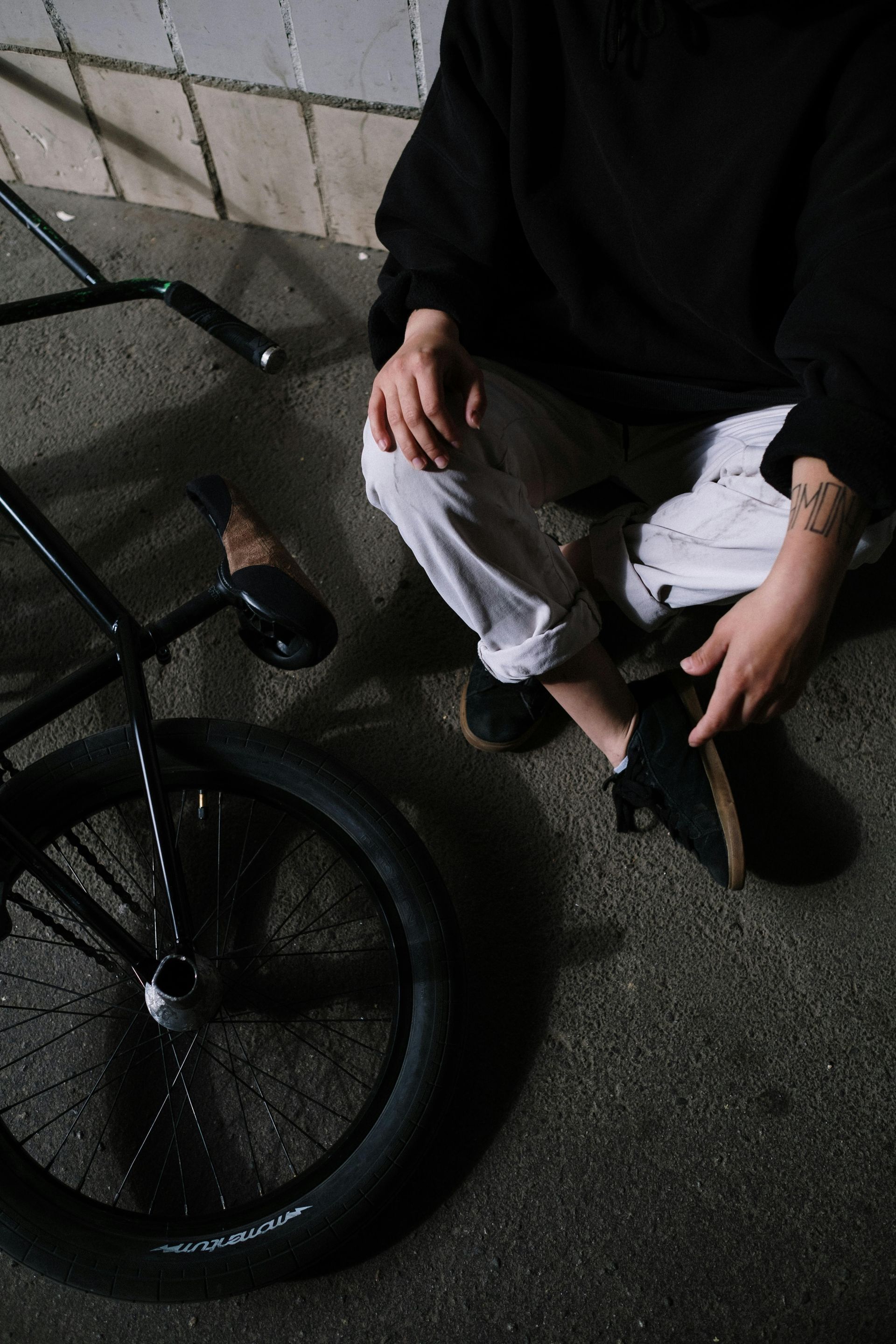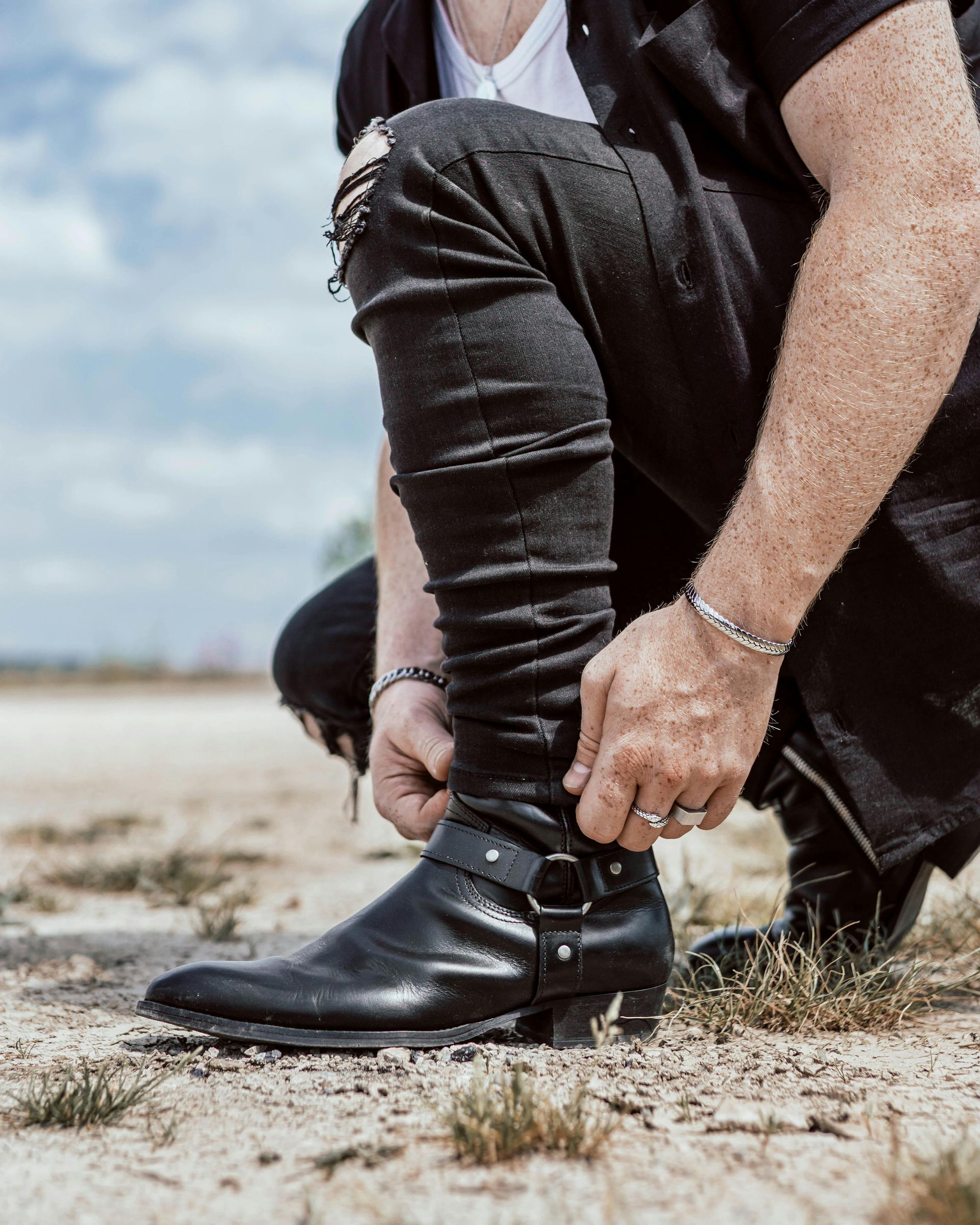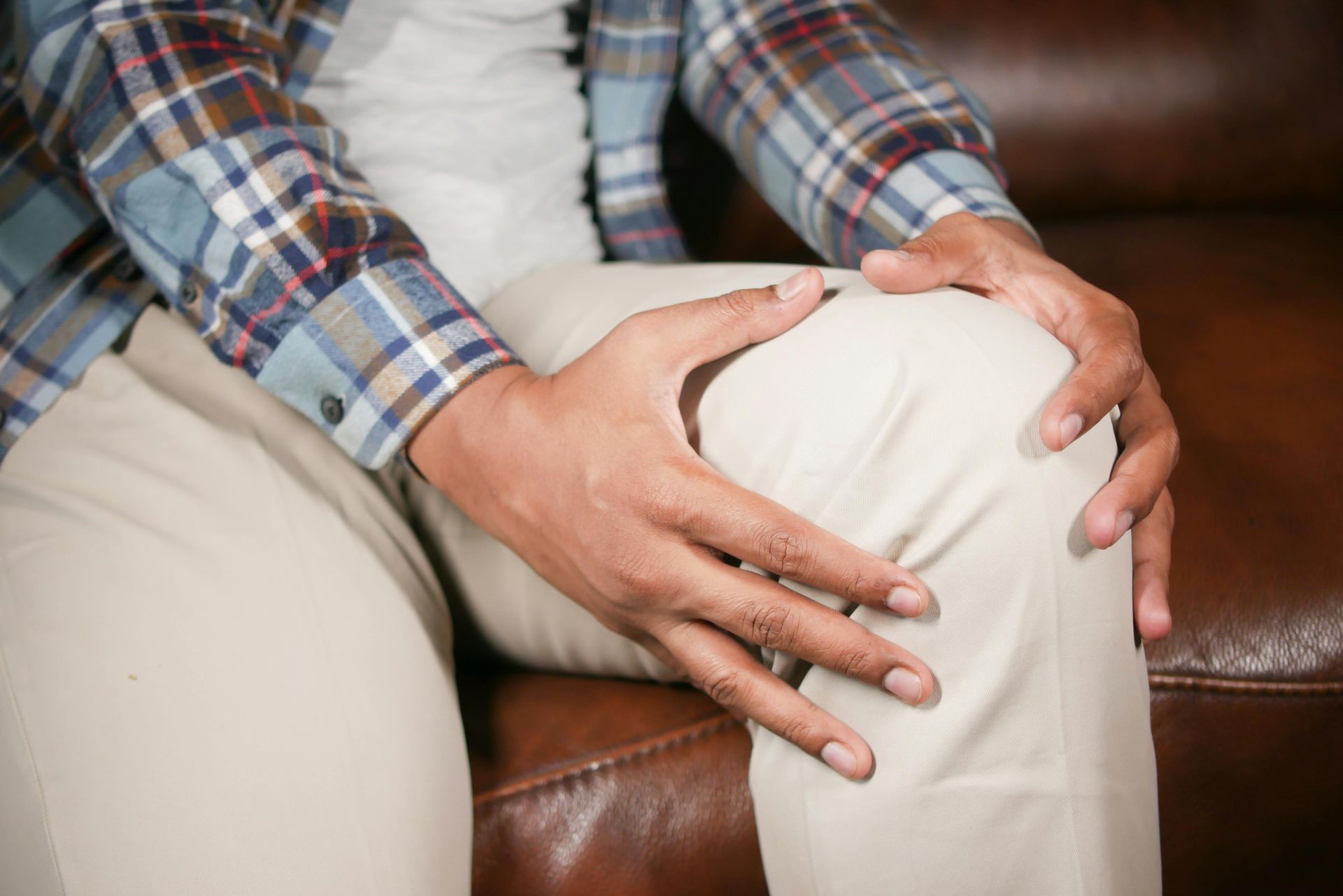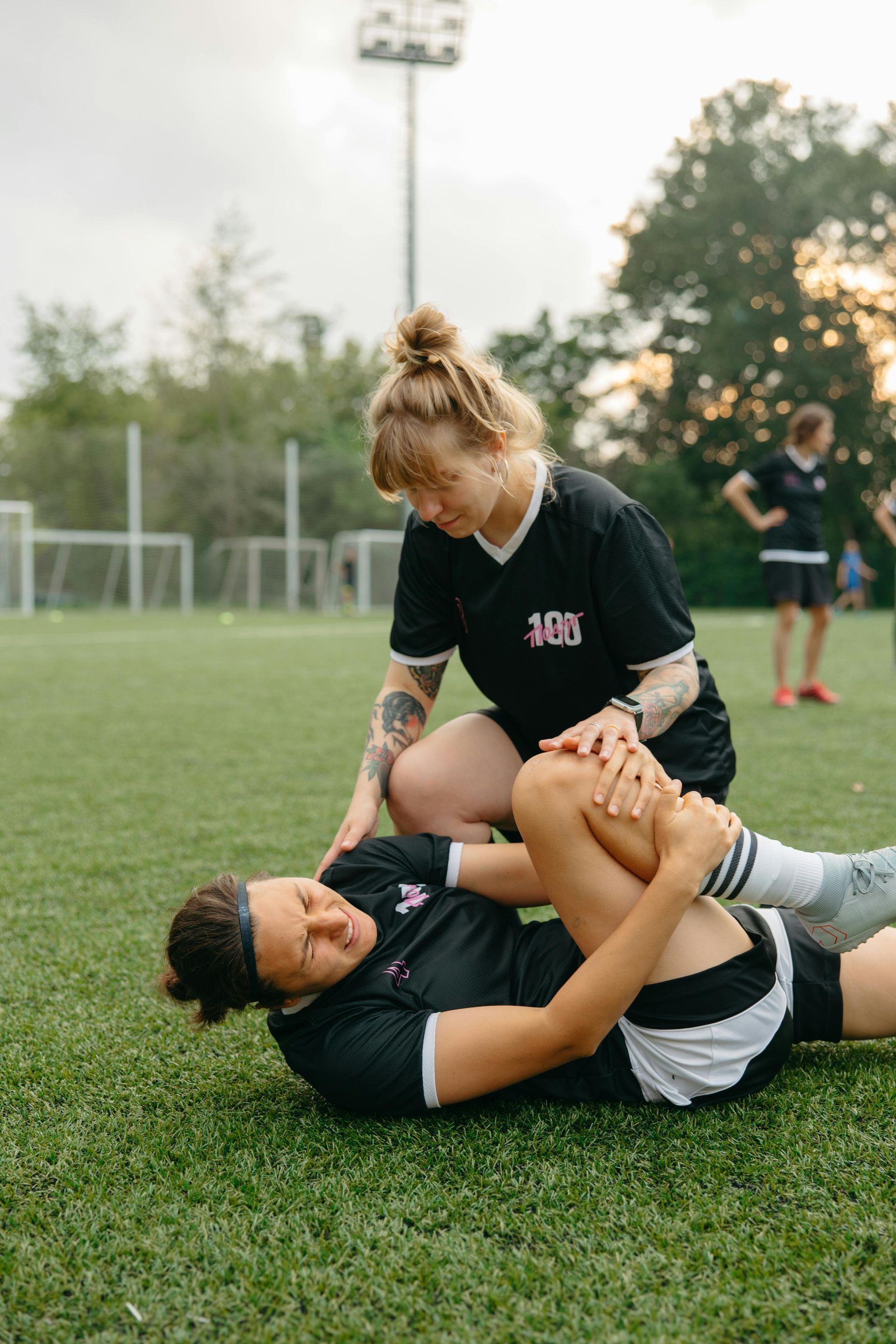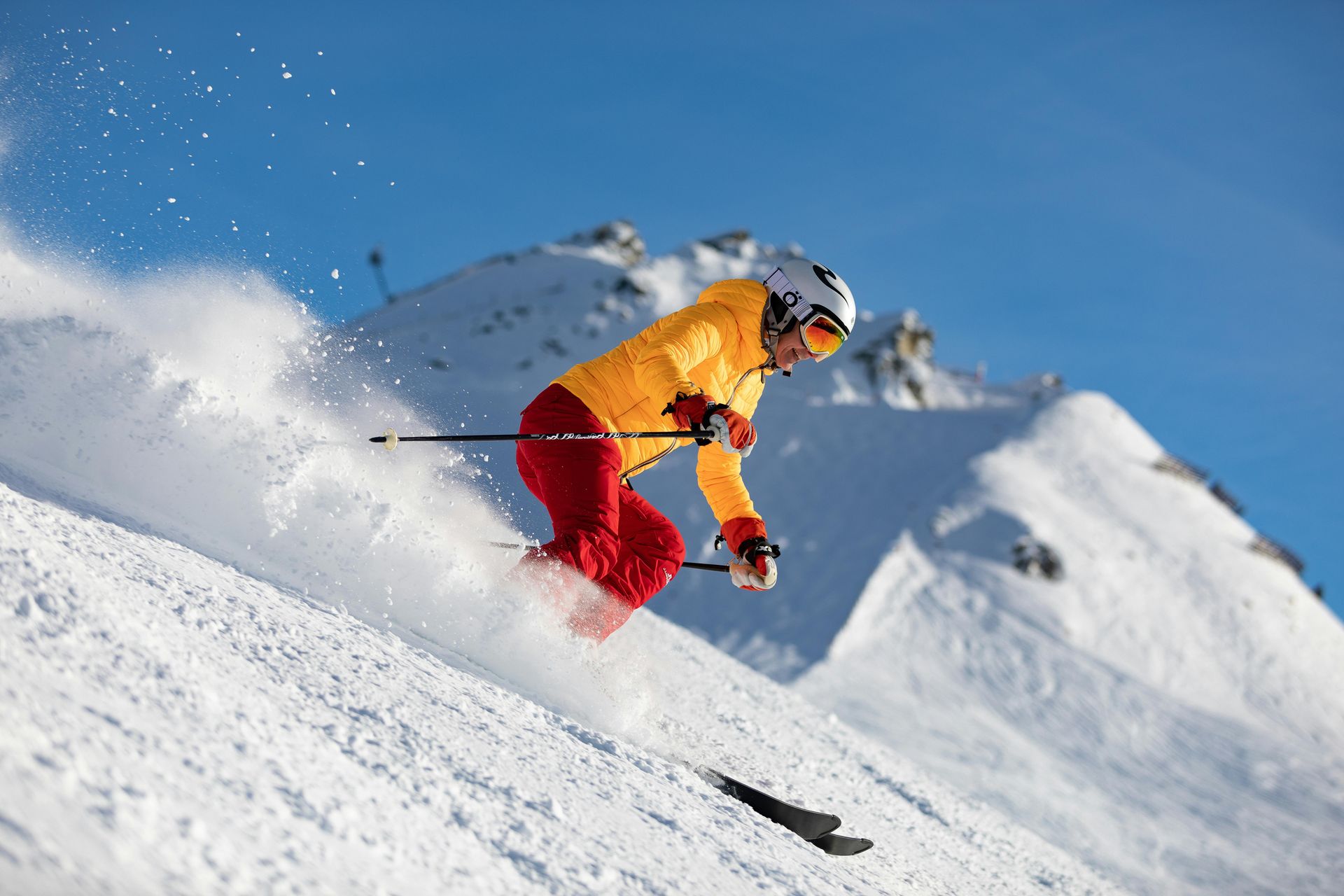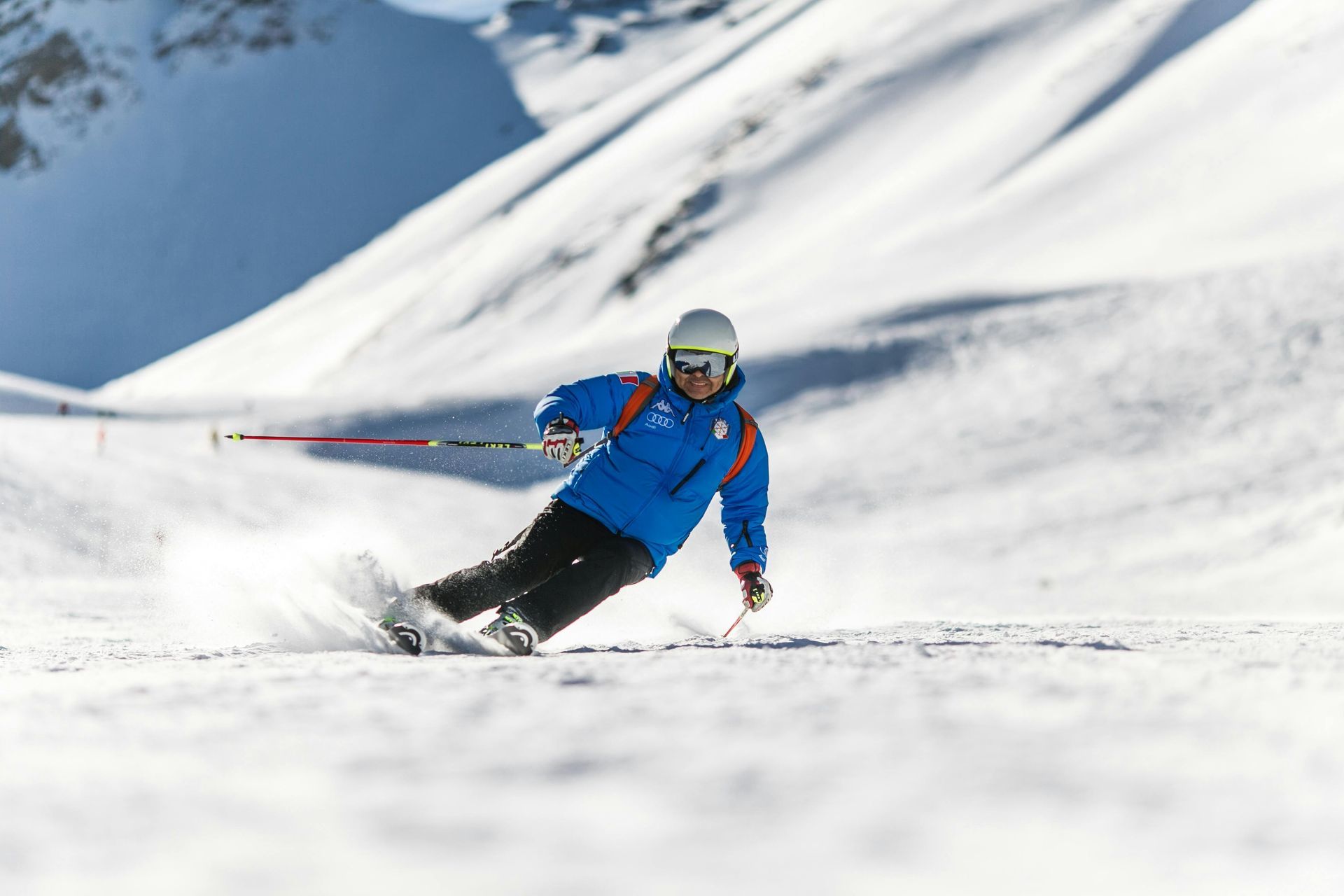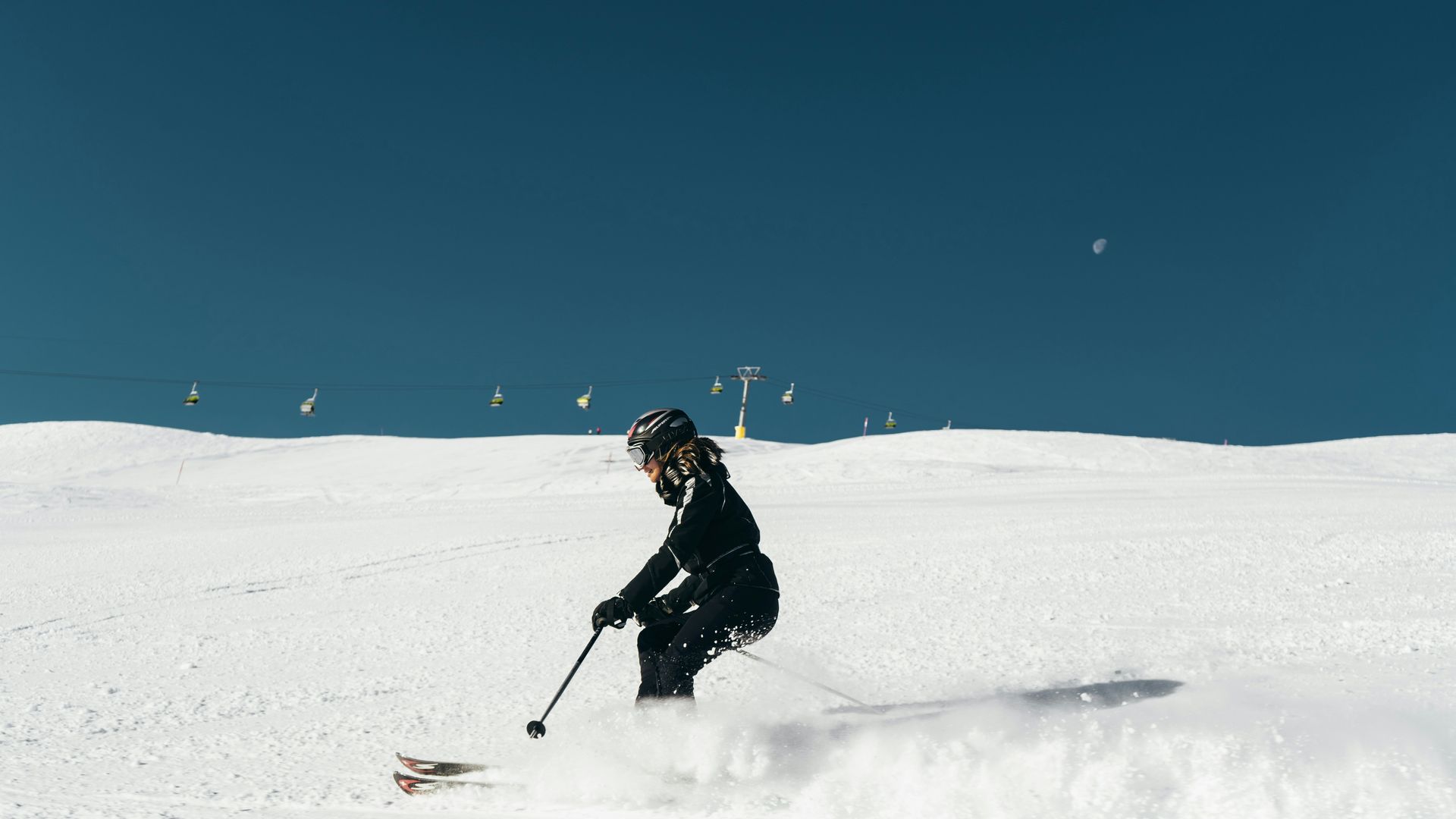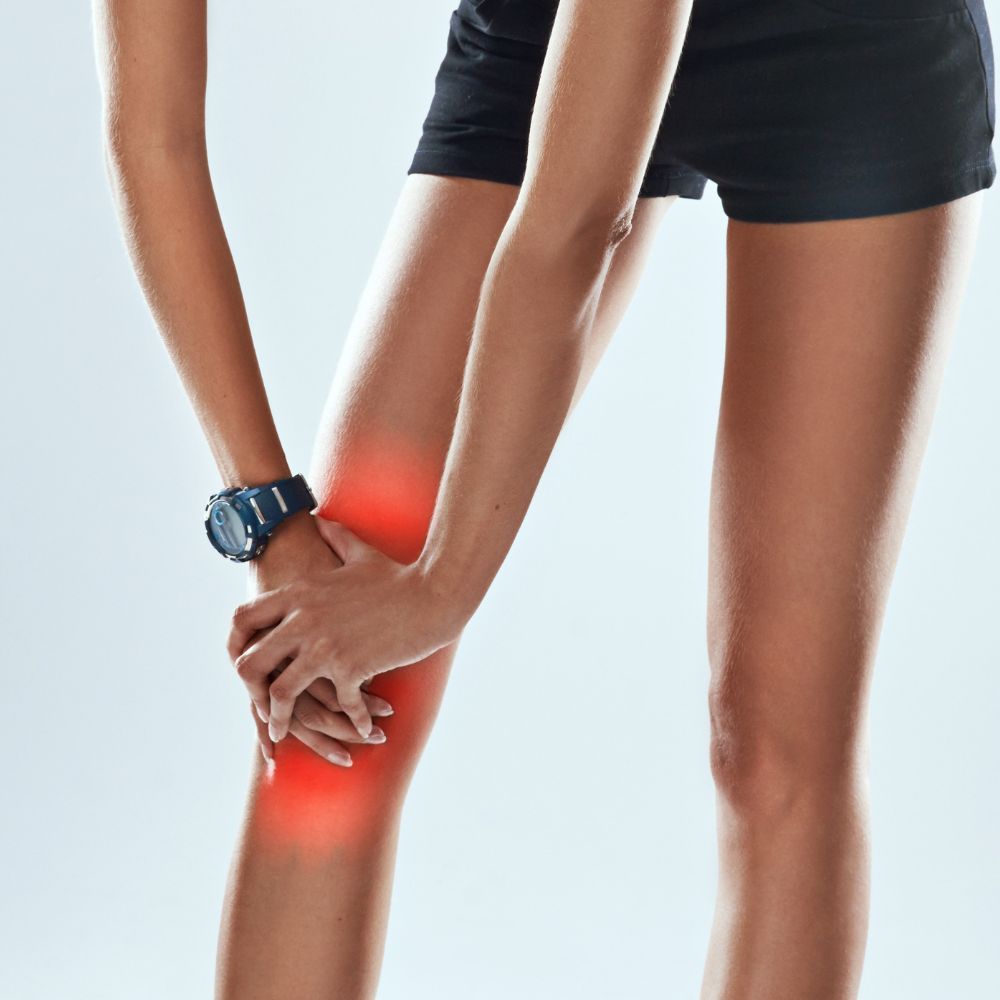Why Your Knees Hurt After Running and What to Do About It
As we head towards the peak of summer and marathon season, the uptick in people trying out running or getting back into the habit will be on the rise. Running is a widely popular form of exercise in the UK and one that can be immensely rewarding from a general fitness perspective. However, many runners, from beginners to seasoned athletes, often encounter a common impediment: knee pain. This discomfort can range from a nagging ache to a debilitating pain, hindering performance and overall enjoyment of the activity.
Understanding the underlying causes of
knee pain when running is crucial not only for effective treatment but also for preventing potential long-term damage. Knee pain is unlikely to go away on its own and while runners are often known for ‘making do’, this isn’t a long term solution and can regularly do more harm than good. This article delves into some of the most common causes, offering insights for runners seeking solutions to this pervasive issue.
Runner's Knee
Runner's Knee, or patellofemoral pain syndrome, is a term often used to describe pain around the kneecap (patella) and the front of the knee. As you can guess from the name, it is particularly prevalent among runners. The condition is characterised by a dull, aching pain, which is typically exacerbated by activities such as running, squatting, and climbing stairs. The causes of Runner's Knee are multifactorial, often involving muscular imbalances, overuse, misalignment of the kneecap, or even flat feet. While it’s certainly not the case that every runner will deal with runner's knee, it is believed that the cases are as many as 30% of female runners and 25% of male runners (source :
https://www.templehealth.org/about/blog/common-knee-injuries-running).
Risk factors include excessive training, a sudden increase in running intensity or duration, and inadequate strength training. To prevent Runner's Knee, runners are advised to incorporate strength and flexibility exercises into their routines, gradually increase their running intensity, and ensure they are running with proper form. Treatment usually involves rest, ice, compression, and elevation (RICE), alongside physical therapy focusing on strengthening the quadriceps, hamstrings, and hip muscles. In some cases, orthotics may be recommended to correct underlying foot issues.
Poor Running Form
If you have been running for a while, you’ll no doubt be aware of ‘proper form’ designed to allow for running over long distances without incurring pain. While many believe that form is only an issue for beginners, it is not uncommon for experienced runners to fall foul of proper technique. In this regard, it’s actually more difficult for veterans to get out of their bad habits so the earlier you can adopt the proper form, the easier you are going to find running overall.
The reason this is so important is that poor running form is a significant contributor to knee pain. Common form errors include over striding, where the foot lands well ahead of the body's centre of gravity, and heel striking with excessive force. These mistakes can lead to increased stress on the knee joint. Additionally, weak core and hip muscles often result in an unstable pelvis, causing the knees to bear the brunt of the impact with each step.
Improving running form can significantly reduce the risk of knee pain. Runners should focus on maintaining a slight forward lean, landing with the foot beneath the body, and utilising a quicker cadence with shorter strides. Strengthening exercises targeting the core, hips, and glutes can also improve stability and reduce the risk of injury. Periodic evaluation of running form, either through self-assessment or professional guidance, can be beneficial in identifying and correcting these issues. Running with a buddy is a great way to spot things you might be doing wrong while also making the runs more enjoyable overall.
Inappropriate Footwear
The significance of selecting the
right running shoes cannot be overstated. Each runner has unique biomechanics, and wearing the wrong type of shoes can lead to knee pain. Shoes that lack proper support or cushioning can lead to excessive pronation (inward rolling of the foot) or supination (outward rolling), putting additional stress on the knee joints. Additionally, running in worn-out shoes that have lost their cushioning and support can have a similar detrimental effect.
Runners should seek professional advice for shoe selection, considering factors such as foot arch type, gait pattern, and the type of running they do. It’s also important to replace running shoes regularly – typically every 300 to 500 miles, depending on running style and shoe quality. Properly fitting, well-cushioned, and supportive footwear can play a crucial role in preventing knee pain and enhancing overall running performance.
Tight Socks and Compression Gear
Compression socks and gear are a popular choice for most modern runners and have become a necessary addition to the typical running kit. The basic idea is they help to increase blood flow and reduce stress on the legs during exercise. Research into compression gear is ever prevalent and views do differ widely but some scientific articles do show a relationship between compression gear and a reduction in knee pain, which is a good thing. For full transparency, please see below a list of useful articles to read if you wish to find out more about the actual benefits of compression gear.
However, it must be noted that this is only the case when the socks or gear is properly fitted and sized appropriately. Compression gear designed to improve circulation and stability can, if too tight, restrict blood flow and contribute to discomfort and pain around the knees. Similarly, tight socks can lead to constriction at the calf, altering lower leg mechanics and inadvertently increasing stress on the knee joints.
To avoid these issues, runners should opt for compression gear and socks that provide adequate support without being excessively tight. It’s essential to choose the right size and to be aware of how the body responds to these accessories during running. Comfort and proper circulation are key indicators of well-fitting running apparel. You’ll also want to make note of how easy the socks are to put on (if you are actively struggling to put them on, it’s time to move up a size) or whether they leave a clear mark on the skin. Compression socks and gear are a useful tool for runners but if they are not sized appropriately, you are not going to see the benefits and they are likely to do more harm than good.
Further reading on compression gear
- https://www.ncbi.nlm.nih.gov/pmc/articles/PMC6985982/
- https://www.ncbi.nlm.nih.gov/pmc/articles/PMC9768588/
- https://www.ncbi.nlm.nih.gov/pmc/articles/PMC6537325/
Arthritis and Running
Arthritis, particularly osteoarthritis, is another common cause of knee pain in runners, especially in the older population.
Osteoarthritis involves the wearing down of cartilage, leading to pain and stiffness in the joints. Running does not necessarily cause arthritis, but for those already experiencing this condition, it can exacerbate the symptoms.
Runners with arthritis should pay extra attention to the intensity and duration of their runs, opting for softer surfaces and incorporating low-impact cross-training activities. Proper footwear, as discussed earlier, is also crucial in this context. It’s advisable for runners with arthritis to consult with healthcare professionals for personalised advice and potentially integrate strength training and flexibility exercises to support the joints.
Knee pain in runners is a multifaceted issue and unfortunately, it is one that many will face at some point in their journey. Understanding the contributing factors is essential in addressing and preventing knee pain and allowing for better performance. It's crucial for runners to listen to their bodies, make informed choices about their running gear and technique, and seek professional advice when necessary. By doing so, runners can enjoy the benefits of this invigorating activity while minimising the risk of knee pain.
